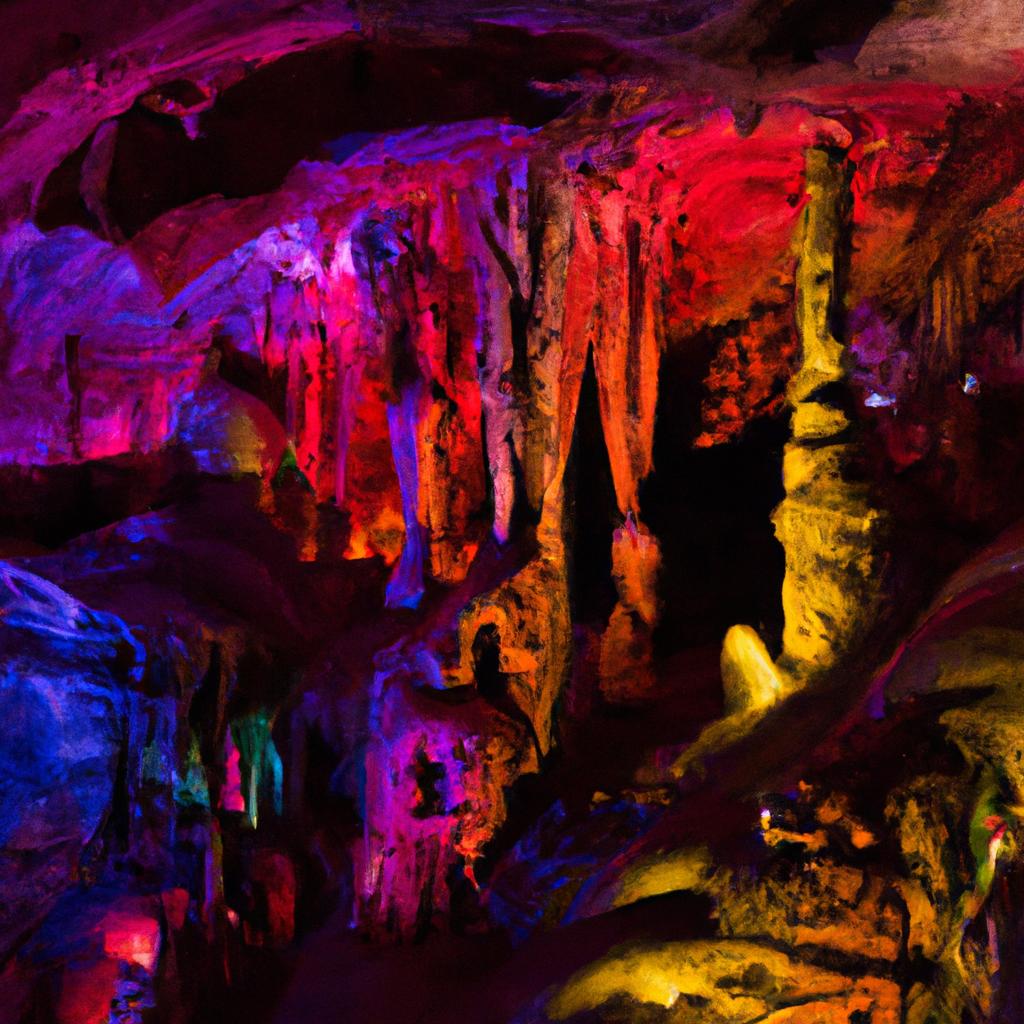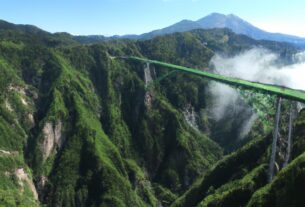If you’re seeking a one-of-a-kind adventure in Austria, look no further than the country’s magnificent caves. Austria proudly showcases an extensive network of caves, each boasting its distinct geological features and captivating history. In this article, let’s dive deep into the world of caves in Austria, uncovering their significance, various types, and the enthralling experience they offer.
Caves are underground cavities formed through geological processes that span millions of years. The dissolution of soluble rocks like limestone, dolomite, and gypsum leads to the creation of these natural wonders. Austria stands as home to over 4,000 documented caves, each exhibiting unique geological features and serving as a habitat for diverse flora and fauna.
The importance of caves in Austria cannot be overstated. They hold significant scientific, cultural, and ecological value. For geologists, archaeologists, and historians, caves provide invaluable insights into the geological and cultural history of Austria. Moreover, caves play a crucial role in the country’s ecology, providing a unique microclimate and habitat that supports a diverse range of plant and animal species found nowhere else.
Caves in Austria are also popular tourist attractions, captivating visitors with their breathtaking underground rivers, stunning stalactite formations, and otherworldly landscapes. The Eisriesenwelt ice cave, known for its grandeur, stands as a must-visit destination for any adventure seeker exploring Austria.
A Glimpse into the Past: History of Caves in Austria
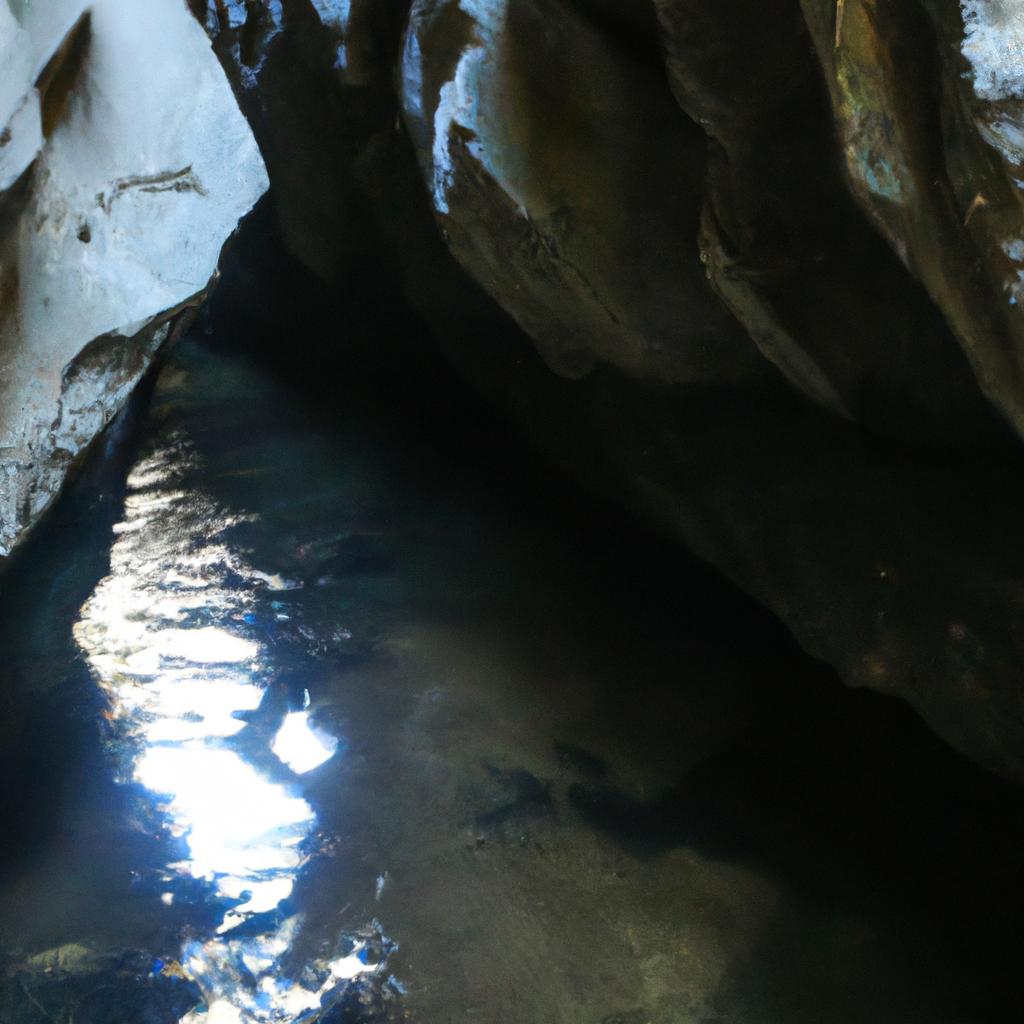
Caves have played a significant role in Austria’s cultural and geological history for centuries. The earliest recorded mention of caves in Austria dates back to the 16th century when miners stumbled upon unique underground formations while mining for minerals. Since then, caves have been a subject of fascination for Austrians and visitors alike.
Caves in Austria have served as shelters for early humans and places of worship for ancient civilizations. For instance, the famous Dachstein ice cave was long known to the local population before explorers led by Anton von Posselt-Czorich discovered its true extent in 1910. It opened to the public in 1912, revealing its mesmerizing secrets.
Unveiling Austria’s Renowned Caves
Austria is home to several famous caves, each with its distinctive geological features and historical significance. The Eisriesenwelt ice cave in the Werfen municipality stands as one of the most renowned caves in Austria. Extending over 42 kilometers with a depth of 1,645 meters, this cave is the world’s largest ice cave. Discovered by Anton von Posselt-Czorich in 1879, it attracts thousands of visitors annually.
Another prominent cave is the Dachstein ice cave, situated in the Salzkammergut region. Stretching over 70 kilometers, it ranks among the largest cave systems in Austria. Inside, visitors are captivated by stunning ice formations, underground rivers, and vast caverns that leave an indelible mark.
The Artistry of Formation: How Caves were Formed in Austria
Caves in Austria took shape through a combination of geological and chemical processes that unfolded over millions of years. Water dissolving soluble rocks such as limestone, dolomite, and gypsum is the primary catalyst for cave formation. Through this process, rock is dissolved, giving rise to cavities and passageways that eventually evolve into caves.
Over time, these cavities and passageways are further shaped through various physical and chemical processes such as erosion, freezing, and thawing. These ongoing processes create the breathtaking geological formations adorning the caves we explore today. It’s worth noting that even today, new caves continue to be discovered throughout Austria.
The Diversity Within: Types of Caves in Austria
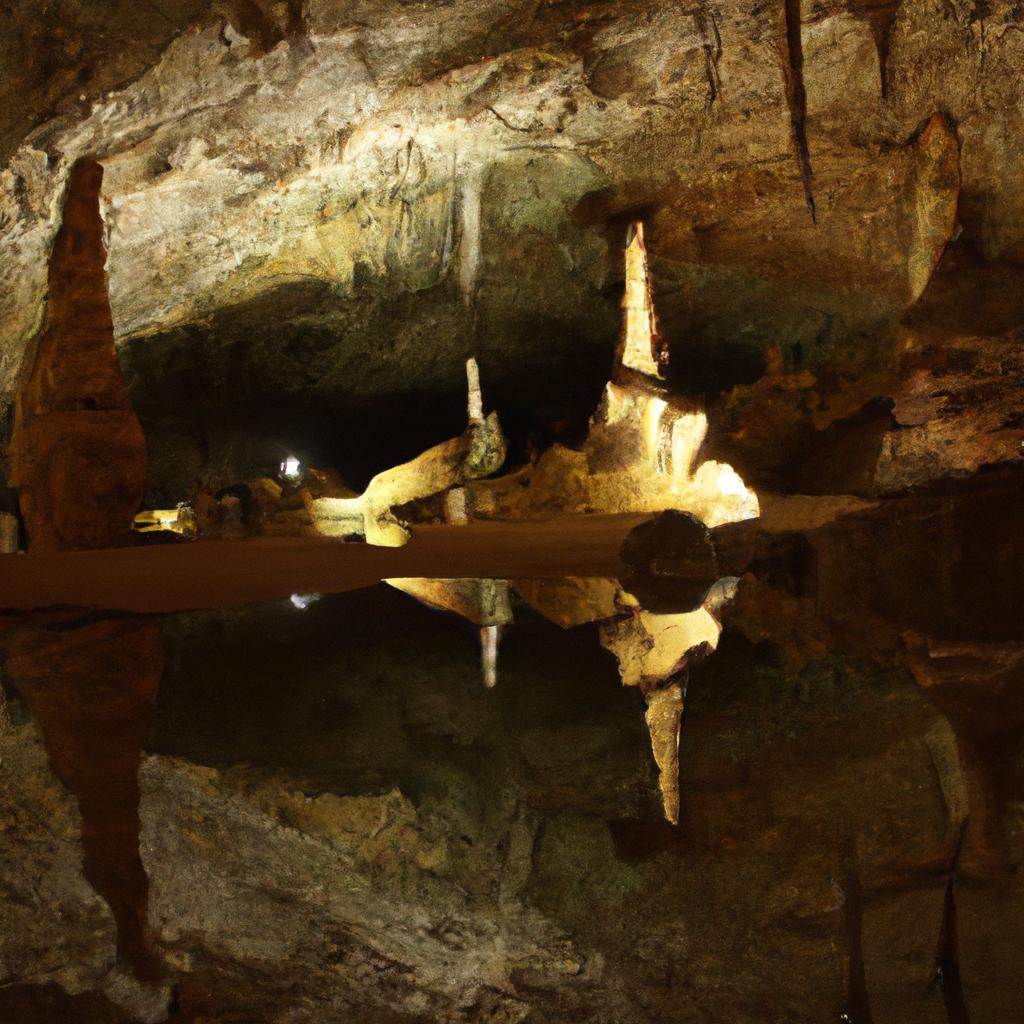
Austria boasts a diverse range of caves, each characterized by unique geological features and formations. Let’s explore the different types of caves found in Austria:
Limestone Caves
Limestone caves are the most prevalent type in Austria. They form gradually as water flows through the limestone, dissolving it and creating cavities and hollow spaces. These caves are renowned for their stunning stalactite and stalagmite formations, attracting visitors from far and wide. Notable limestone caves in Austria include the Dachstein Giant Ice Cave and the Katerloch Cave.
Ice Caves
Ice caves, a type of limestone cave, feature ice formations that endure throughout the year. As cold air from the surface descends into the cave, the temperature drops below freezing, causing moisture in the air to freeze upon contact with the cave walls and ceilings. Austria houses some of the world’s largest ice caves, such as the Eisriesenwelt ice cave and the Dachstein Ice Cave.
Show Caves
Show caves are developed for tourism, featuring well-lit pathways and amenities like handrails and stairs to enhance accessibility for visitors. These caves offer a unique and mesmerizing underground experience. The Lurgrotte cave holds the distinction of being Austria’s largest show cave.
Marble Caves
Marble caves are rare and unique treasures found in Austria. They form as water dissolves marble rock, resulting in cavities and distinctive formations. These caves are notable for their white and grey coloration, making them a sought-after attraction. The Kraushöhle cave exemplifies a marble cave in Austria.
Embarking on an Unforgettable Adventure: Exploring the Caves of Austria
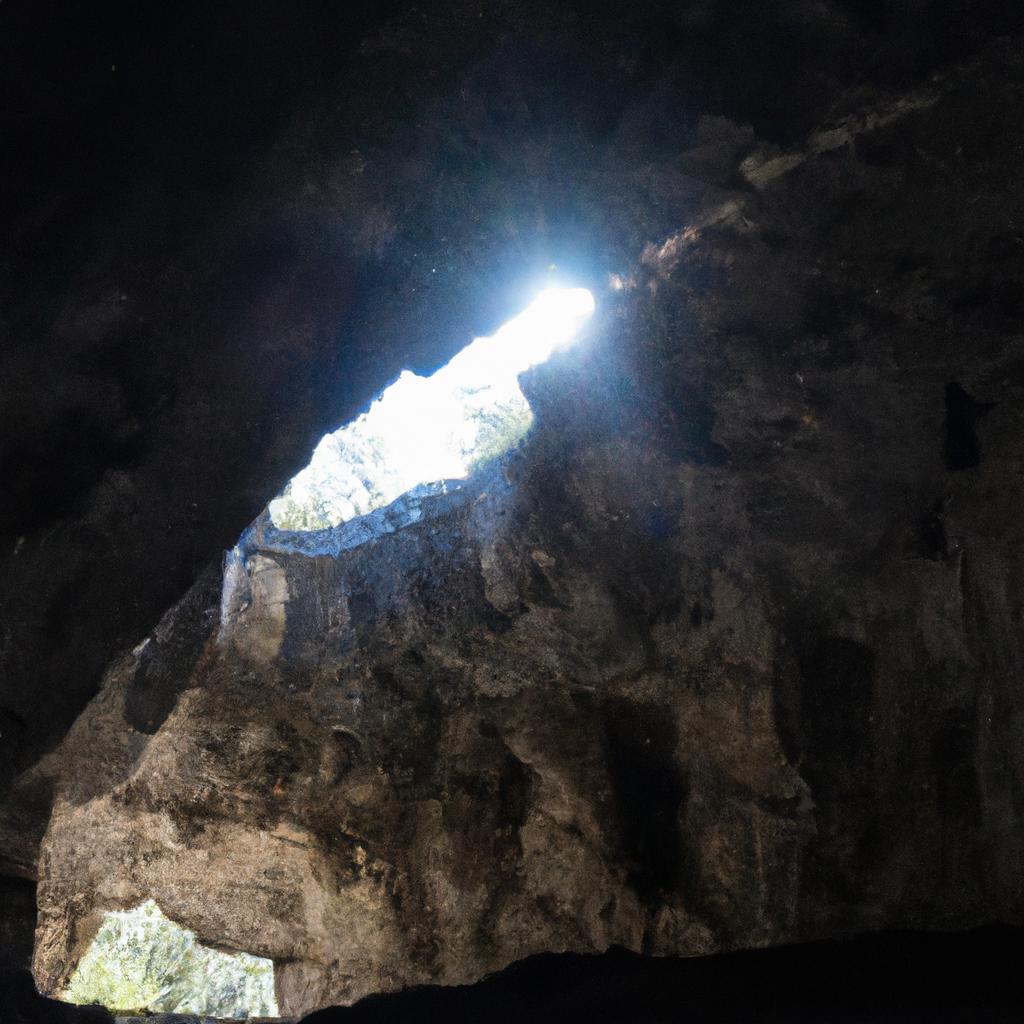
Exploring the caves of Austria offers an unparalleled experience that should be on every adventurer’s bucket list. With their remarkable geological features, underground rivers, and stunning stalactite formations, these caves transport visitors through time and leave them in awe.
Austria hosts several popular caves that entice thousands of visitors each year. The Eisriesenwelt ice cave in Werfen stands as one of the country’s most famous attractions. This natural wonder houses an extensive network of ice formations that have been steadily growing over millions of years. Another notable cave is the Dachstein Giant Ice Cave in Upper Austria, featuring breathtaking ice formations, underground lakes, and picturesque views of the surrounding landscape.
Safety should be a primary concern while exploring caves in Austria. It’s essential to follow guidelines and precautions to ensure a safe and enjoyable experience. This includes wearing suitable clothing and gear, staying on designated paths, and adhering to the instructions provided by your guide.
Safeguarding the Treasures: Preservation of Caves in Austria
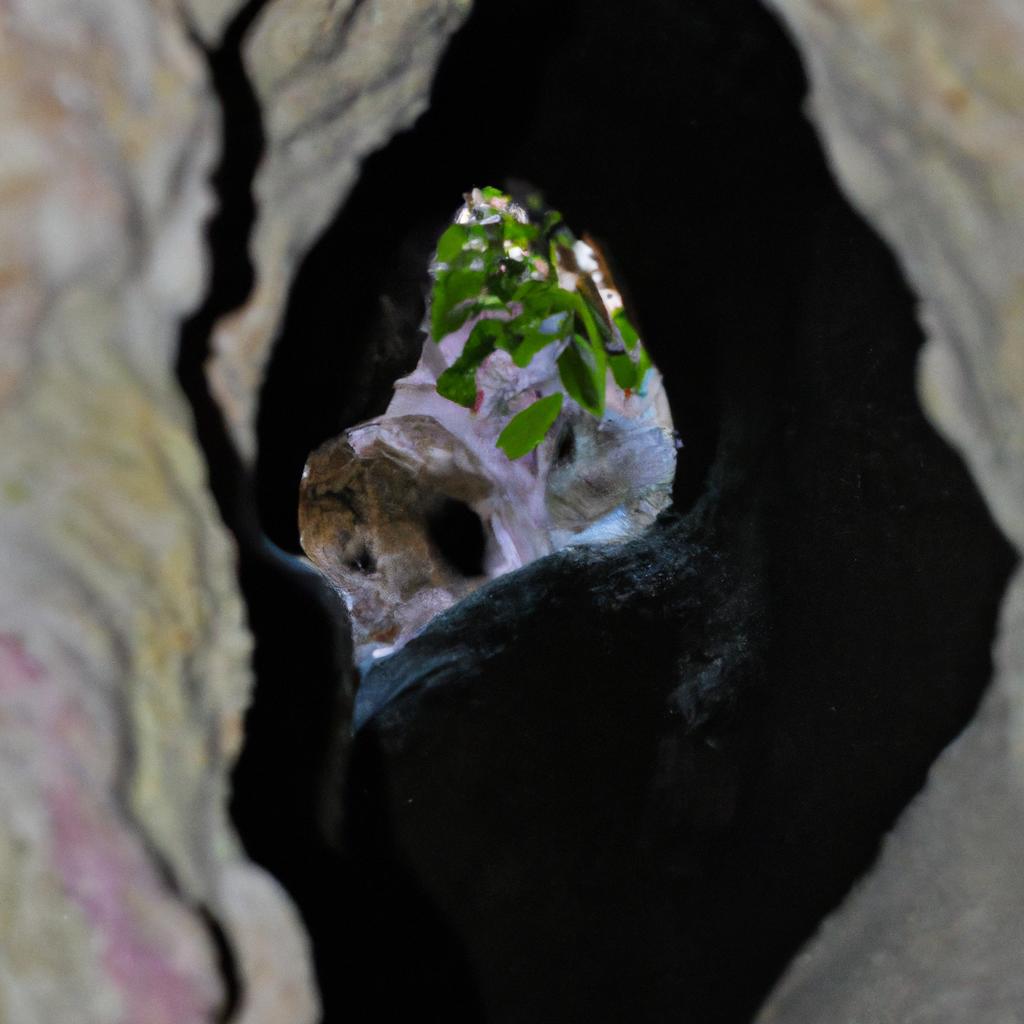
Preserving Austria’s caves is vital to maintain their scientific, ecological, and cultural significance. Caves possess delicate ecosystems that can be easily damaged by human activities, underscoring the importance of conservation efforts.
Caves in Austria are unique natural wonders with immense scientific, ecological, and cultural value. They provide valuable insights into Austria’s geological and cultural history, while also serving as habitats for a diverse array of flora and fauna. Preserving these caves ensures the ecological balance and safeguards the survival of the species within.
The Austrian government and various organizations actively work together to protect these caves. The Austrian Caves and Karst Commission (ACKK) oversees the management and protection of Austria’s caves. It regulates cave exploration, monitors cave conditions, and implements conservation measures. The Austrian Speleological Association (Österreichischer Höhlenrettungsdienst) collaborates closely with the ACKK to preserve and explore caves, while the Austrian Federal Forests (Österreichische Bundesforste) manage the land where many caves are located.
Neglecting the preservation of caves can have severe consequences. Irresponsible exploration and tourism can damage delicate ecosystems and jeopardize the survival of plant and animal species. Destruction of caves erases valuable historical and cultural information, hindering our ability to learn from the past.
In conclusion, preserving Austria’s caves is vital to maintaining their scientific, ecological, and cultural significance. The Austrian government and numerous organizations are actively dedicated to protecting these natural wonders, ensuring they remain intact for future generations to explore and enjoy.
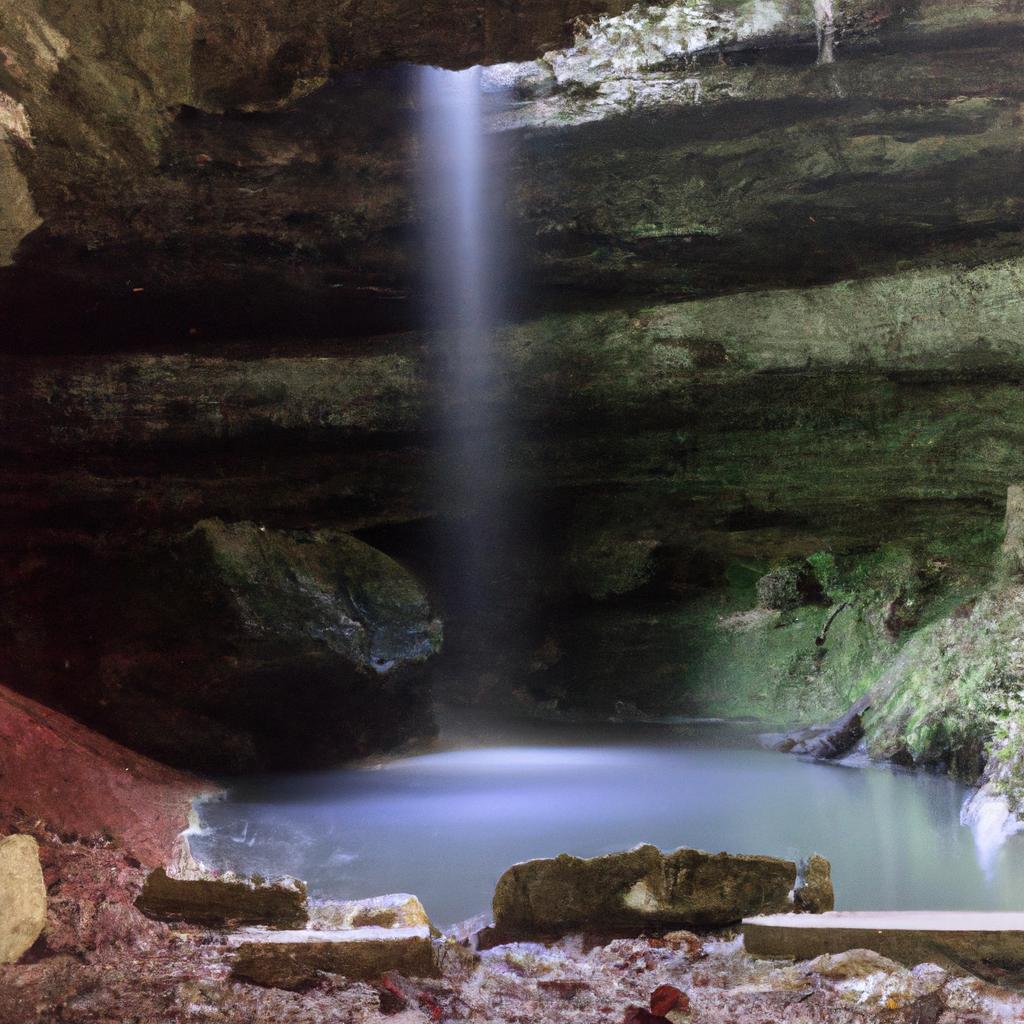
Embarking on an exploration of Austria’s caves is an unforgettable experience that belongs on every adventure seeker’s bucket list. The unique geological features, diverse flora and fauna, and cultural importance of these caves make them a natural wonder well worth exploring.
We’ve delved into the history of caves in Austria, explored their various types, and painted a picture of what it’s like to venture into their depths. Moreover, we’ve emphasized the significance of cave preservation and the efforts undertaken to protect these natural treasures.
As a nature-focused website, TooLacks encourages visitors to delve into the beauty of Austria’s caves while being mindful of their impact on the environment. We hope this article has provided you with valuable insights into the captivating world of caves in Austria and inspired you to embark on your own underground adventure.
Remember to prioritize safety during your cave exploration and always respect the natural environment. With its extensive network of caves, Austria stands as a destination that offers a unique and unforgettable adventure for those who dare to seek it.
Visit our website for more nature-focused articles, including gardening tips, information on animals, and other natural wonders. Join us at TooLacks as we encourage eco-tourism and responsible travel.
Citations:
- Austrian Caves and Karst
- Austrian National Tourist Office
